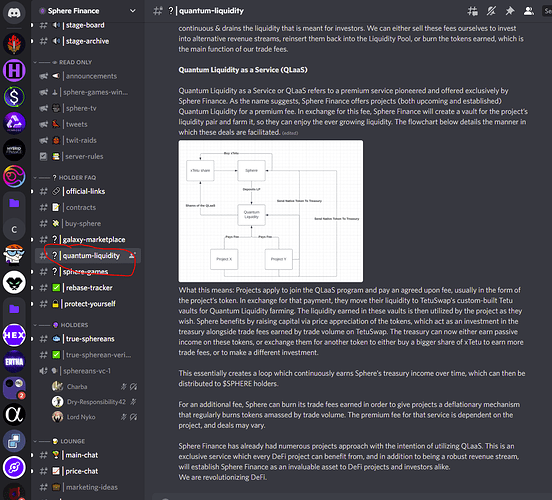POKT Proposal:
Attributes
-
Author(s): Germany, Jinx
-
Category: Proposal
-
Asks: 45,000 POKT
Summary
As Pocket Network aims to bring in liquidity by creating wPOKT, this proposal would also bring in liquidity through the networks to which the Pocket Foundation provides the free infrastructure. By using a multi-token DEX, token holders and node runners will be allowed to swap their tokens out for any non-native token from the supported blockchains currently hosted on the network.
The DEX itself will only be an alternative means of liquidity for the individual token-holder to have another option for clearing the POKT. Node providers can use the DEX, but the dex will cap how much POKT can be exchanged per wallet per pre-defined time.
Abstract
POKT is listed on many exchanges, which have helped grow and provide more liquidity to the node runners supporting the network and general POKT holders.
We should consider opening multiple options by allowing the community access to the supported network liquidity pools, allowing token holders and node runners to trade out their POKT for any supported non-native token.
The foundation will have multiple treasuries (POKT and partner treasury) that access the foundation’s DEX. Anyone can enter the DEX, supply the different token pools with their native/ non-native token, and swap it for POKT or vice versa.
The foundation can charge a small fee of non-native (or native) tokens for facilitating and maintaining the DEX for them to profit and remain operational.
Motivation/ Rationale
As the relay count builds up and the only way to liquidate POKT tokens is through low-volume exchanges or OTC providers, the current demand is not keeping up with the supply generated.
This proposal can feed multiple birds with one scone by adding more liquidity through the current networks that are being hosted by allowing not only individuals with access tokens(e.g., ONE, SOL, MATIC, etc.) but also applications that have been allowed to supply their tokens for POKT to have access to the Pocket decentralized network.
To keep the supply circulating, it’s in the ecosystem’s best interest to lower the free relay applications from the POKT portal from 2M to 1M. By doing so, it provides a few opportunities:
- It feeds the DEX with non-native POKT and allows token holders to diversify their portfolios.
- Allow token POKT holders to leverage their POKT as an investment for the new/ developing project and grant the application “access” to the network.
- Allows the Pocket Foundation not to mint additional Pocket because the network provides the liquidity to trade on its behalf.
Dissenting Opinions
Acknowledge all opinions which disagree with the rationale of this proposal.
-
The portal allows any application who signed up 2M relays, so why do they need this?
- Assumption - Most apps don’t go over the 2M relay mark, which can render the use-case for certain apps obsolete, but if we lower the relay count, it will further inform the markets of the value Pocket brings by showing the trading activity of said app.
-
Would this lower the price on the global exchanges?
- I assume that as long as we have this DEX as an alternative, the market price will stay the same and will not be affected by massive volumes of POKT for USDC/T.
-
Token holders won’t use a DEX since it’s taking a fee.
- It’s a fair assumption, but it’s essential to keep in mind that this is just another way of clearing POKT and preventing a lot of liquid POKT from being dumped on the exchanges in a convenient, expedited way that people will be willing to pay a fee for.
#Ask
If the community agrees to this proposal, I request 45,000 POKT for the initial scope to map out how the DEX can operate efficiently and securely and draft the technical specs.
Copyright
Copyright and related rights waived via CC0.
